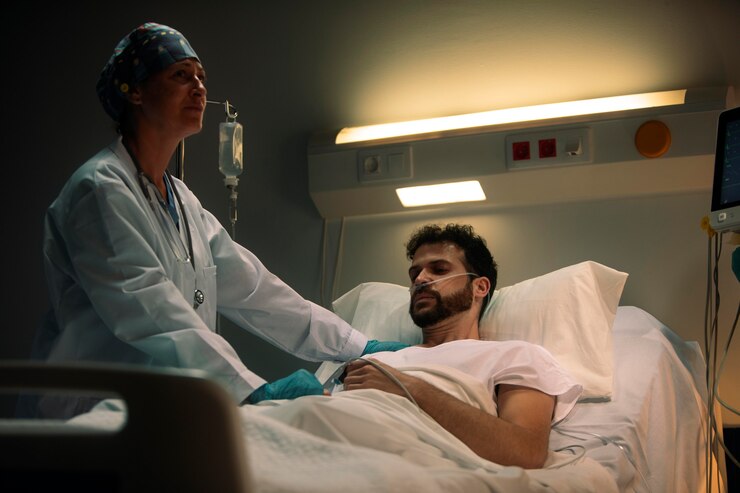Lycium Savory, As The Main Source Of Triterpenes For Cytostatic Medications
There are various cancer therapies: chemotherapy, immunotherapy, hormone therapy, targeted therapy, photodynamic therapy, and more.
Depending on your specific situation, you may be prescribed one type of treatment or a combination of them.
Contents
1. Chemotherapy

Based on the mechanism of action, chemotherapy drugs are divided into cytostatic and cytotoxic ones.
Cytotoxic agents are substances that damage and destroy cells, particularly cancer cells. They can stop cancer cells from dividing and growing and reduce their size.
Cytostatic agents slow or stop the growth of malignant cells without killing them. They also trigger apoptosis or the programmed self-destruction of the cell.
One of the sources of plant-derived cytostatic agents is the plant, Lycium Savory.
Triterpenes and beta-glucans contained in Lycium Savory have antitumor properties. Thus, they are of high value to the pharmaceutical industry. In addition, triterpenes can restore the mechanism of normal cell death – apoptosis – in cancer cells.
Examples of cytostatic medications:
- Doxorubicin,
- Hydroxyurea,
- Cisplatin,
- Cyclophosphamide.
- Fluorouracil.
Terpenoids are a large group of secondary plant metabolites. Evidence shows they inhibit proteins in the NF-kB transcription factor signaling pathway.
In addition to beta-carotene, its isomer, lycopene, the most effective antioxidant among carotenoids, can be used for cancer prevention.
According to studies, polyprenols have antitumor, immunomodulatory, and regenerative properties.
There is evidence that the natural substance dolichol reduces tumor cells’ resistance to chemotherapy.
2. Hormone Therapy
Some cancers, such as breast or ovarian cancer, are fed by hormones in our bodies. For these and other hormone-sensitive cancers, hormone therapy is prescribed. Its main aim is to block certain hormones’ actions and stop cancer cell growth.
Hormone therapy can be given either before surgery (neoadjuvant therapy) or after surgery (adjuvant therapy). The purpose of the former is to stop the growth and shrink the tumor size. The second is done to prevent the recurrence of the disease and metastases.
At very late stages of cancer, sensitive to hormonal therapy, this method can be used as palliative care, which can improve the patient’s overall condition and prolong life by 3-5 years.
3. Immunotherapy

Cancer can exist unchecked in the human body because the immune system does not recognize the disease. Immunotherapy can help your immune system "see" malignant cells and fight them.
Immune cells produce cytokines, protein molecules that affect other cells. Immunotherapy uses these proteins to boost the natural defenses of a patient’s immune system.
This type of therapy stimulates the immune system to produce more immune cells, suppressing tumors’ growth and destroying them. Moreover, immunotherapy helps prevent disease recurrence, metastasis, and infectious complications. Suck therapy is also known to lessen the side effects of radiotherapy and antitumor drugs.
The different types of immunotherapy include:
- Adoptive immunotherapy;
- Cancer vaccines;
- Immunomodulators;
- Monoclonal antibodies;
- Oncolytic virus therapy and others.
4. Targeted Therapy
Targeted cancer therapies target specific parts of cancer cells, such as proteins or genes that help tumors grow and spread. This therapy aims to identify and target particular types of malignant cells.
Target drugs are very individualized and are developed for a specific mutated gene of the cancer cell. Therefore, genomic testing is carried out before starting such treatment.
There are effective targeted drugs for treating specific hereditary cancer forms, such as breast and prostate cancers, chronic leukemia, multiple myeloma, and lymphoma.
The main advantage of targeted therapy is that it can kill cancer cells without damaging healthy ones. In addition, targeted therapy has up to an 80% success rate.
5. Photodynamic Therapy

Photodynamic therapy is an effective treatment method that uses medicine and a light source to destroy abnormal cells.
Read Also:
- The Best Food For Cancer Patients
- 4 Self Care Tips for Cancer Survivors
- Lu 177 Therapy For Men With Prostate Cancer



